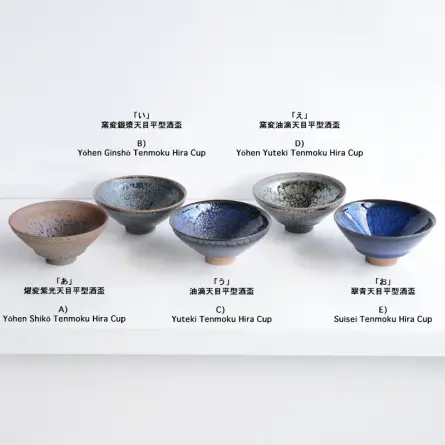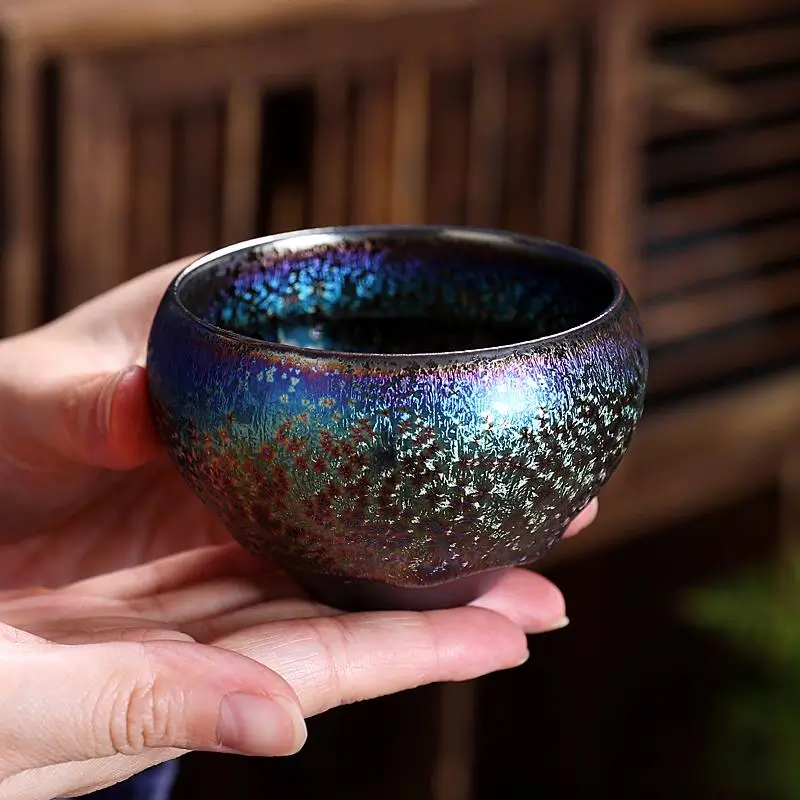Where Are Tenmoku Tea Cups Made
As a tea enthusiast, I’ve always been fascinated by the elegance and simplicity of Tenmoku tea cups. These cups, known for their unique glaze and distinctive patterns, have a rich history that spans across China and Japan. Let’s delve into the origins and production of these beautiful pieces.
The name “Tenmoku” itself is derived from the Tianmu Mountain in Eastern China, where the first iron-glazed bowls were used for drinking tea. However, the production of Tenmoku tea cups has evolved over time, with several regions becoming renowned for their craftsmanship.
Bizen, Japan: One of the most famous places for Tenmoku tea cups is Bizen, located in Okayama Prefecture. Bizen ware, with its robust yet refined style, has been crafted here since the Heian period. The local clay, rich in iron, and the skilled potters of Bizen have made it a hub for creating these exquisite cups. The unique properties of the clay and the traditional firing techniques contribute to the cups’ distinctive appearance.
Tokoname, Japan: Another notable region is Tokoname in Aichi Prefecture. Known for its fine grain and elegant simplicity, Tokoname ware has long specialized in tea ware. The Tenmoku cups from this area are highly valued for their aesthetic qualities and practicality, making them a favorite among tea lovers.
Jianyang, China: The birthplace of Tenmoku, or Jianzhan as it’s known in China, is Jianyang in Fujian Province. This area is famous for its ancient kilns, where the high iron content of the local soil is perfect for creating the crystalline base and glaze of Tenmoku cups. The glaze, made from natural iron-containing soil and plant ash, results in the unique patterns that make each cup a work of art.

Why These Locations?: The choice of these regions for Tenmoku production isn’t arbitrary. The geographical and environmental factors play a crucial role. For instance, Jianyang’s soil has an iron content as high as 8%, ideal for the glaze. The area also has ample fuel for firing kilns due to its high forest coverage, and its hilly terrain is perfect for building large-scale kilns. Additionally, the convenience of water transportation in ancient times facilitated the distribution of these cups.
Frequently Asked Questions:
Can Tenmoku cups be used for all types of tea?: Yes, Tenmoku cups are versatile and can be used for green, black, white, herbal, or matcha teas. Their shape and glaze enhance the tea-drinking experience.
How do you hold a Tenmoku tea cup?: Traditionally, you pick up the cup with your right hand, pass it to your left, and hold it on the cushions of your fingers. Then, turn it clockwise with your right hand to face the host before drinking.
Are Tenmoku cups still made in the traditional way?: While traditional methods are still practiced, modern production has also taken root in other parts of Japan and internationally. However, the authenticity and quality remain tied to the skills of the potter and the sourcing of materials.
In conclusion, Tenmoku tea cups are not just vessels for tea; they are pieces of art with a deep cultural heritage. Whether you’re sipping tea from a cup made in Bizen, Tokoname, or Jianyang, you’re partaking in a tradition that celebrates the beauty of simplicity and the art of tea. Remember, when seeking a genuine Tenmoku tea cup, look for reputable artisans and dealers who can attest to the cup’s provenance and craftsmanship.







